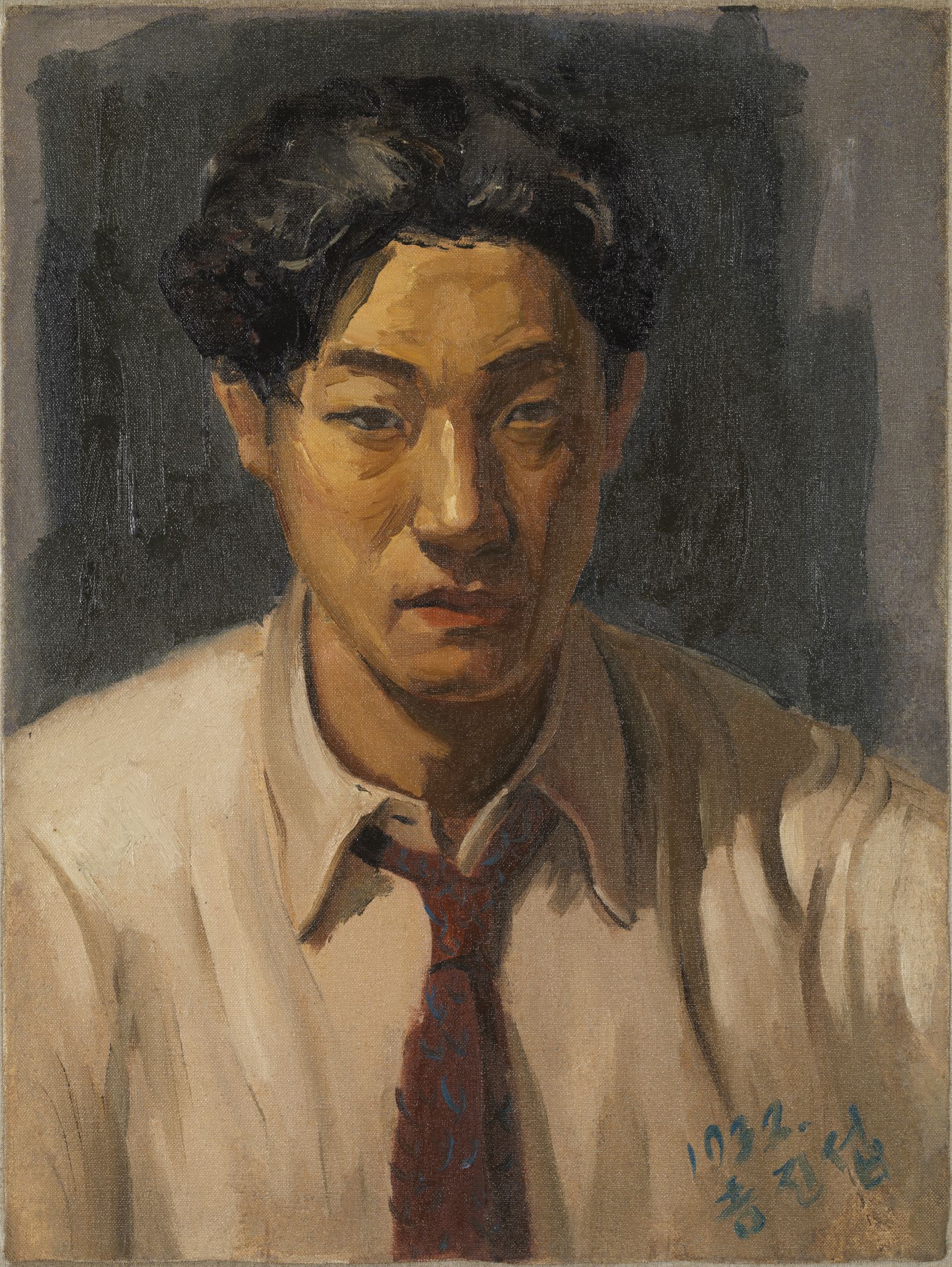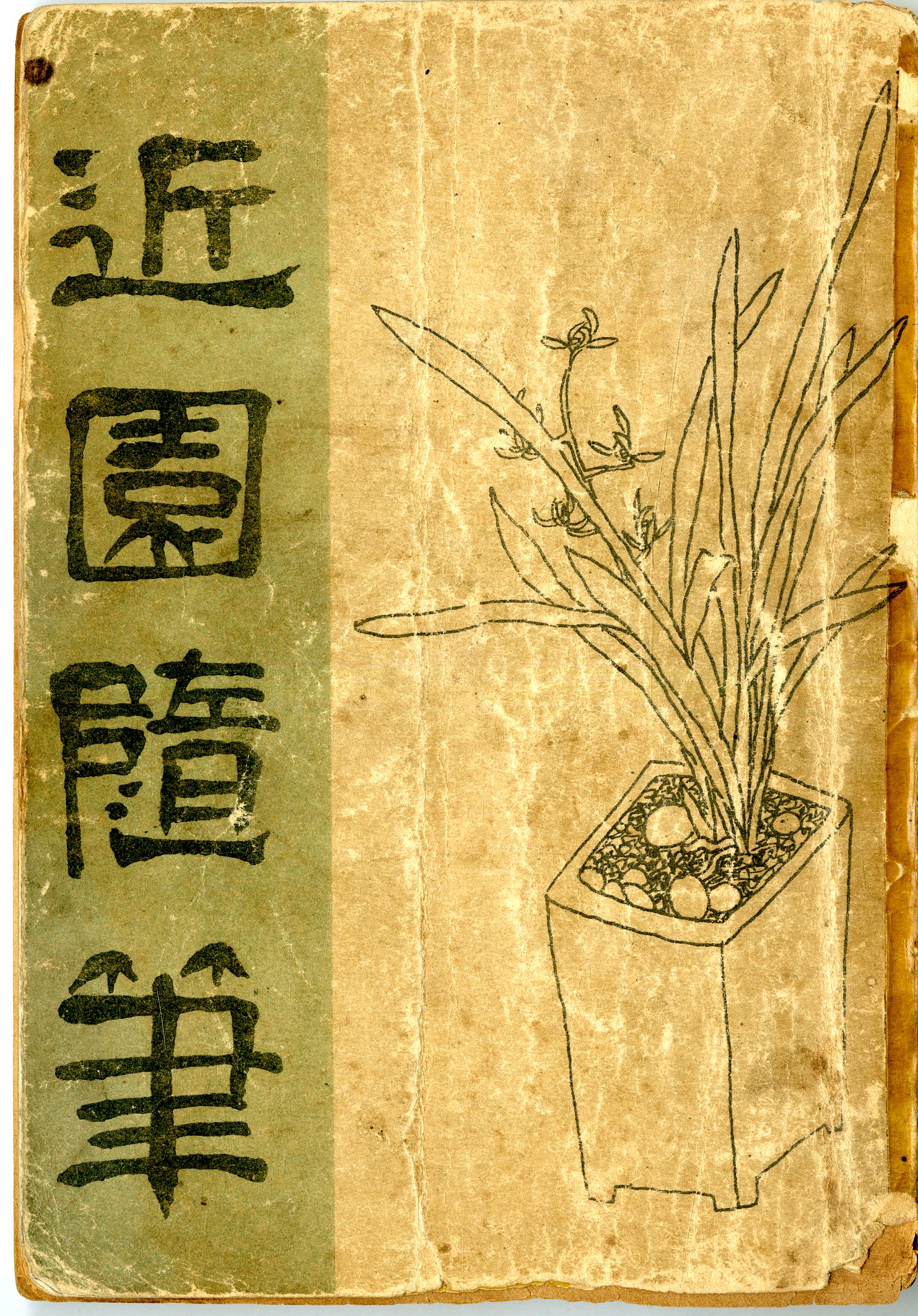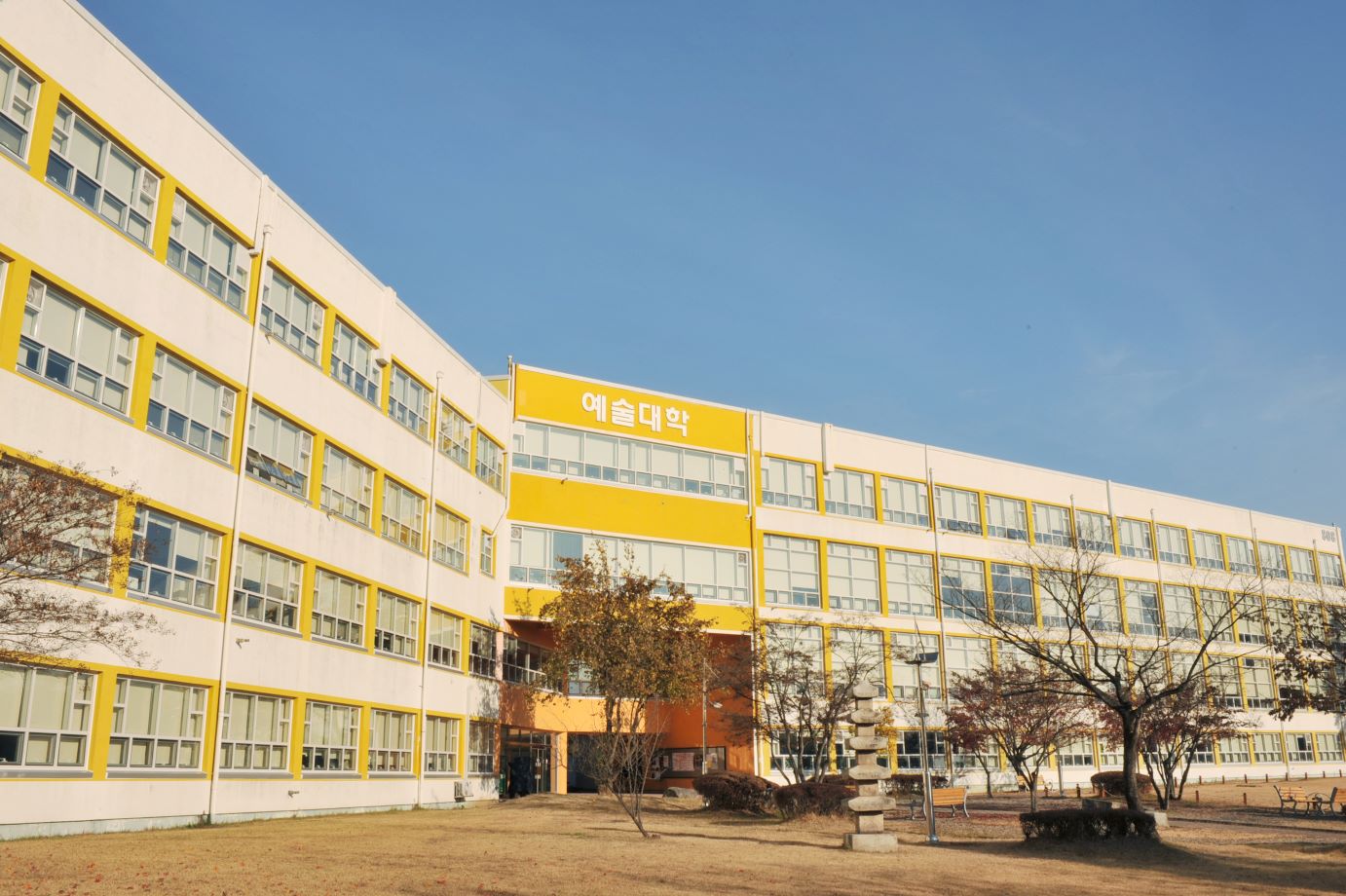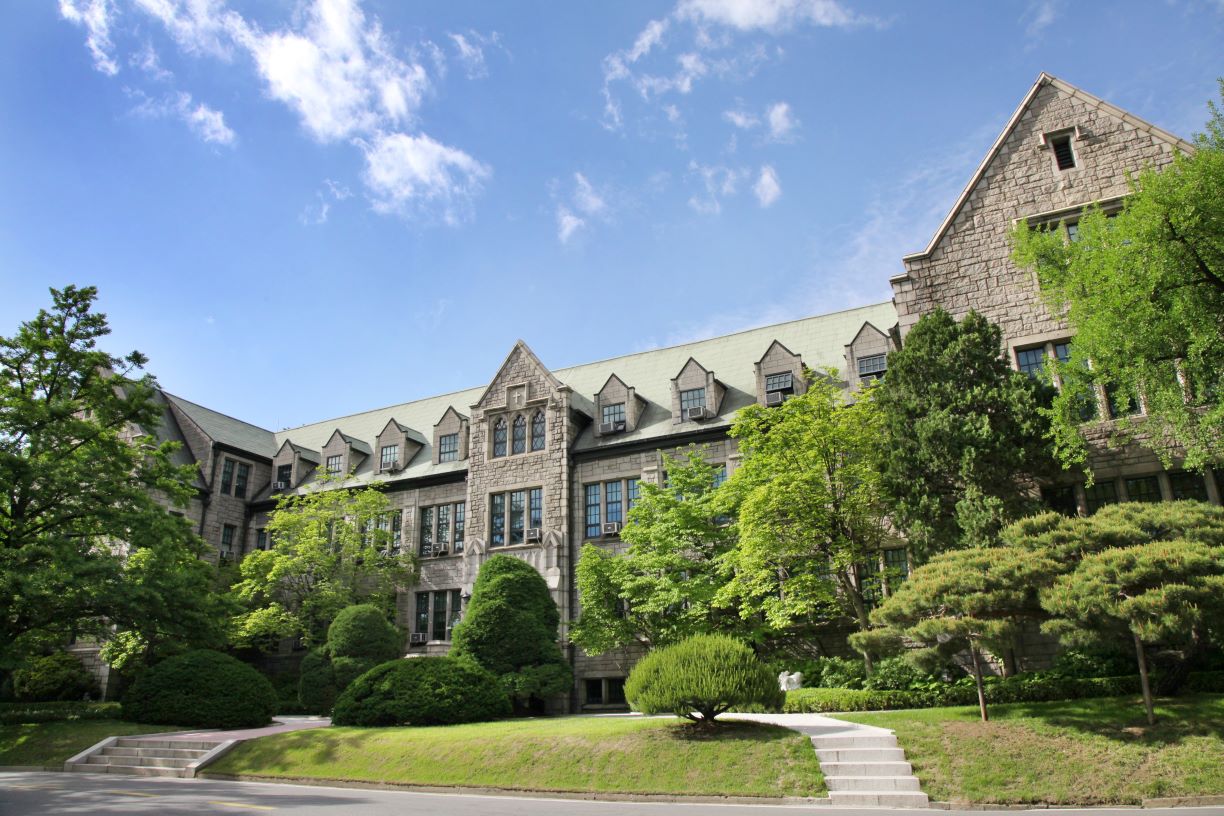
Image provided by Seoul National University Archives
College of Arts at Seoul National University
* Source: Multilingual Glossary of Korean Art. Korea Arts Management Service
Related
-

Lee Soonsuk
Lee Soonsuk (1905-1986, pen name Hara) was a pioneer of Korean craft design. He attended the design and craft department at the Tokyo School of Fine Arts in 1926 and graduated in 1931. He hosted the first solo design exhibition in Korea. He served on the council at the cultural division under the U.S Military Government in 1946 and taught applied arts at the fine arts college of Seoul National University. He also contributed to Korean craft design at the National Art Exhibition (Gukjeon). In 1971, he served as an executive advisor at the Korea Design and Packaging Center (KDPC) and was elected as a member of the National Academy of Arts, Republic of Korea. Lee Soonsuk’s graduation period work was influenced by the flat surface planes of art nouveau and Bauhaus style. He later attempted to maintain and reinterpret traditional Korean craft techniques through his stone craftwork that dealt with a folk painting motif or natural objects.
-

Gil Jinseop
Gil Jinseop (1907-1975) was born in Pyongyang, the son of pastor Gil Seonju of Pyongyang's Jangdaehyeon Church. His father was one of the 33 national delegates of the Mach First Independence Movement. In South Korea, it is considered that he died in 1975, but the North Korean Human geography indicates that he died in 1974. While at Soongsil High school, his painting Landscape was selected for the 1925 Joseon Art Exhibition [Joseon misul jeollamhoe]. Another work of his was selected for the Joseon Art Exhibition while he studied at the department of Western Painting in Tokyo School of Fine Arts. Later, he held a solo exhibition at the Pyongyang Commercial Art Gallery. After graduating from Tokyo School of Fine Arts in 1932, he started to actively participate in Mogilhoe Association, the White Savages Group, and the Yanghwa Art Coterie Exhibition. His style emphasized speedy and light lines, bright and vivid color sense, and margin and matiere. After Independence, he taught as a professor at the Fine Arts College, Seoul National University until April 1947. He was appointed as a leader of the Korean Art Construction Headquarters [Joseon misul geonseol bonbu], a vice-president of the Korean Plastic Arts Federation [Joseon johyeong yesul dongmaeng], and a head of Seoul branch of the Korean Artist Federation [Joseon misulga dongmaeng]. He moved back to North Korea after being appointed as a first representative of the Supreme People’s Assembly in August 1947. In later life he served as a faculty member at the Pyongyang Art School and a vice president of the Korean Artist Federation [Joseon misulga dongmaeng].
-

Kim Yongjun
Kim Yongjun (1904-1967, pen name Geunwon) was born in Daegu and first showed his promise as an artist when he was selected for the Joseon Art Exhibition [Joseon misul jeollamhoe] as a high school student. He published art criticism, such as On Reconstruction of Art Circle in Korea and Criticism on Proletarian Art, which demonstrated his potential as an art theorist. He also organized diverse art events, such as Dongmihoe and Baekjman Western Painting Association [Baekmanyanghwahoe] in the 1930s. During his later years, he was more active as an art critic and contributed essays to many newspapers and magazines rather than focusing on creating his own artwork. He participated in creating a magazine, Munjang, in 1939 and published a variety of essays on Eastern painting. After Independence, he contributed to the foundation of the fine arts division at Seoul National University and served as a professor at the Oriental painting department teaching Art History and Theory. He resigned his appointment and moved to Dongkook University because of his involvement in protesting the nationalization of Gyeongseong Imperial University (later Seoul National University). He worked as a dean of the Fine Arts College of Seoul National University for a few months after the outbreak of the Korean War in 1950 but moved to North Korea with his family during the 1950 September 28th restoration of Seoul by US and South Korean forces. He produced several Eastern paintings and published a wide range of art history essays in North Korea. Prior to his migration to North Korea, he wrote a few books such as Geunwonsupil (Essays of Kim Yongjun) (1948) and Joseon misul daeyo (A compendium of Korean art) (1949).
Find More
-

College of Arts of Chung-Ang University
The College of Arts of Chung-Ang University is located in Daedeok-myeon, Anseong-si in Gyeonggi-do Province. Its predecessor was Seorabeol University of Arts. The Seorabeol Junior College of Arts had fine arts, crafts, and photography departments. After it was authorized as the four-year Seorabeol University of Arts, eighty students were allotted to four classes of fine arts departments. In 1964, however, the Seorabeol University of Arts was merged into the Chung-Ang Cultural Academy. In October 1972, it was moved to the building of Chung-Ang University in Heukseok-dong, Dongjak-gu, Seoul and reorganized into the College of Arts of Chung-Ang University. In 1974, the College of Arts was composed of the Department of Painting, Department of Crafts, Department of Photography, and Department of Architecture and Art. In 1979, the Department of Architecture and Art merged into the Department of Architecture. The College of Arts was relocated to Anseong Campus in Gyeonggi-do Province in 1981. In 1983, the Department of Sculpture was established, and in 1988, the Department of Industrial Design was installed. In 1990, the Department of Painting was divided into the Department of Korean Painting and the Department of Western Painting. The school system was reformed in 2011. Currently, the School of Design at the College of Arts has five majors: craft arts, visual communication design, industrial design, fashion design, and housing and interior design. The School of Fine Arts has three majors of Korean painting, Western painting, and sculpture.
-

Department of Art at Hongik University
Established in 1949, the Department of Art at Hongik University consists of one art theory department and eleven practice-based departments, including painting, Oriental painting, printmaking, sculpture, woodworking and furniture design, metal art and design, ceramics and glass, textile art and fashion design, visual communication design, and industrial design. In 1955, it moved from Jongro-gu, Seoul to the current location in Sangsu-dong, Mapo-gu, Seoul. The history of the College of Fine Arts can be largely divided into the period of the Department of Fine Arts from 1949 through 1953, the period of the School of Fine Arts from 1954 through 1971, and the period of the College of Fine Arts from 1972 until now. In March 1953, the Department of Fine Arts produced the first six graduates, and in the following year the School of Fine Arts with three departments was established. In December 1971, it was upgraded to a college, which exists up to the present. Several exhibitions organized by its graduates are notable, including the Four Artists Exhibition held in 1956 as the first anti-National Art Exhibition (Daehanminguk misul jeollamhoe or Gukjeon) by the third and fourth classes of graduates and the Union Exhibition of Korean Young Artists held in 1967 by graduates from the 1960s as an effort to realize experimental art.
-

Ewha Womans University
Ewha Womans University is a private university located in Daehyeon-dong, Seodaemun-gu, Seoul. Its parent institution was the College courses at Ewha Hakdang (Ewha Girl’s School), Korea’s first women’s school that the American missionary Mary Scranton founded in Jeong-dong, Jung-gu, Seoul. During the Japanese colonial era, it became Ewha College that functioned as a relief vocational school. In 1945, it was accredited as Korea’s first university. In 1946, it was renamed the Ewha Womans University. The College of Art and Design at Ewha Womans University was the first four-year university institution specializing in fine arts in South Korea. In October 1945, the Ewha Womans University had Hallimwon, Yerimwon, and Haengnimwon. Yerimwon was like an art college with a fine arts department and a music department. In 1946, the art department in Yerimwon was reorganized into the School of Fine Arts, and in September 1947 four major departments of Eastern-style painting, Western-style painting, embroidery, and design were established in the School of Fine Arts at Yerimwon. In October 1949, the graduation exhibition Nongmihoe of the first class was held at Daewon Gallery through the sponsorship of the Kyunghyang Shinmun newspaper company. In December 1951, the Department of Fine Arts in the College of Art came to be equipped with eight majors of Eastern painting, Western painting, sculpture, embroidery, design, photography, interior design, and dyeing. The Department of Fine Arts was installed in the graduate school as well. In 1967, the Department of Painting was divided into Eastern painting and Western painting departments, and the Department of Decorative Art was newly established. The school system, reformed in March 1998. It consists of three faculties and nine majors: School of Fine Arts (Korean painting, painting · printmaking, and sculpture), School of Design (environmental design, visual communication design, industrial design, and fashion design), and School of Crafts (textile art and ceramic art). Currently, the College of Art and Design consists of the Fine Art Division, Design Division, and Fiber/Fashion Division.






